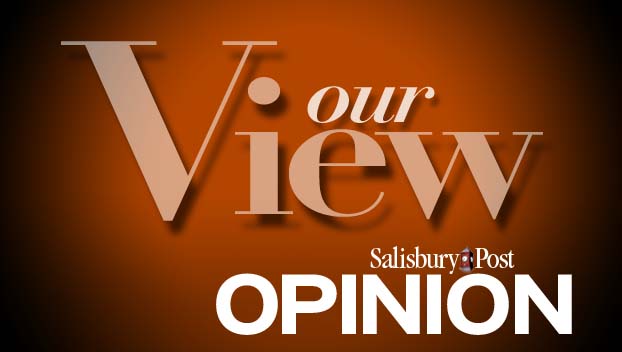Editorial: Study’s findings mean full return to class
Published 12:00 am Thursday, July 1, 2021
A report published Wednesday by researchers at Duke University and the University of North Carolina lends credence to arguments that Rowan-Salisbury Schools chose a cautious and safe route for providing local students with in-person class time and offers an endorsement of the district’s future plans
Until the spring, Rowan-Salisbury Schools operated with a mixed-method schedule that placed children in classrooms two days per week and in front of technological devices in a home or child care facility three days per week. While there were scattered, small outbreaks of COVID-19 across schools, there were no outbreaks linked to in-school transmission that threatened to shut down schools.
There were worries around the turn of the year that schools might need to close for in-person instruction, but there was no evidence in-class transmission was the culprit.
The study doesn’t specifically endorse 2020-2021 schedules like the one RSS used, but it does say, “There is very limited within-school transmission of COVID-19 in schools participating in plan A.” It also specifically recommends against plan B or fully remote instruction if masking is required. Full-capacity buses are OK if masks are used, too. Sports were OK, but they may have a higher transmission rate than the classroom environment.
For every one within-school infection, more than 100 people were quarantined in North Carolina, which sounds like a bit much, and the study recommends limiting quarantine rules for those who are masked or vaccinated. Rowan County’s region, Southwest, had about 207,000 students in the previous school year. In the region, there were 1,624 instances of primary transmission and 73 of secondary transmission.
The recommendations sound like advisories against Rowan-Salisbury Schools’ previous plans and an endorsement of less cautious ones, but the study has the benefit of hindsight and is mostly forward-looking. In the midst of a rapidly spreading, largely unknown virus, it’s understandable to be cautious about students’ health. Vaccines also weren’t available to teachers until close to the end of the school year.
The recommendations do mean schools are perfectly safe resuming all in-person instruction in the 2021-2022 school year — a schedule Rowan-Salisbury Schools has already adopted. Policymakers of all persuasions will look at the report and choose a return to normal schedules, too. In fact, the co-chair of the science collaborative that authored the report released a statement saying, “We don’t have to close schools again.”
If vaccine uptake in the county doesn’t improve from its current spot as one of the worst in the state or if RSS officials find a low percentage of people in schools took the vaccine, masks could be required in the coming year. The state superintendent is advocating against that, but the health and safety of teachers, staff and students should come first. COVID-19 has shown it’s not just the sick or elderly who can die or be hospitalized after testing positive for the virus.


